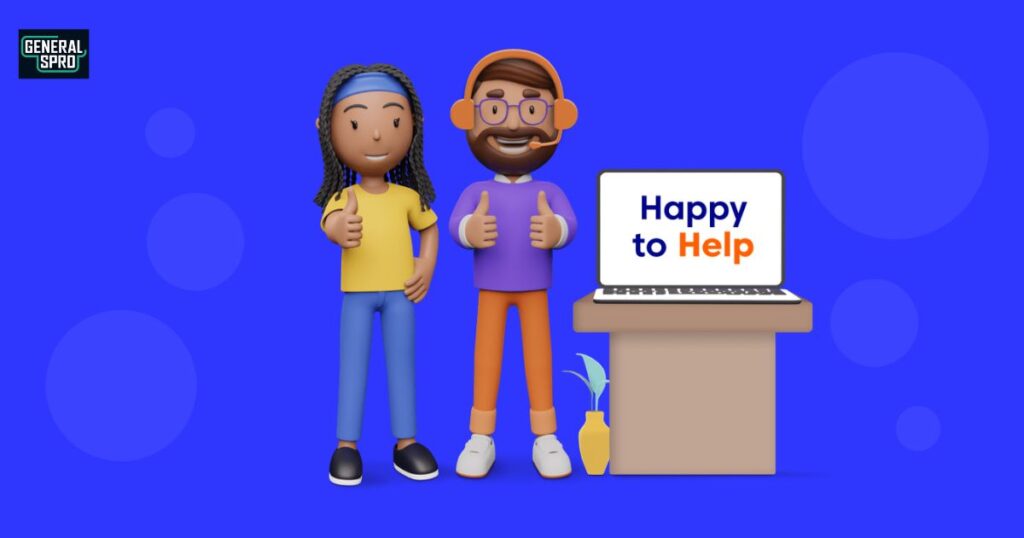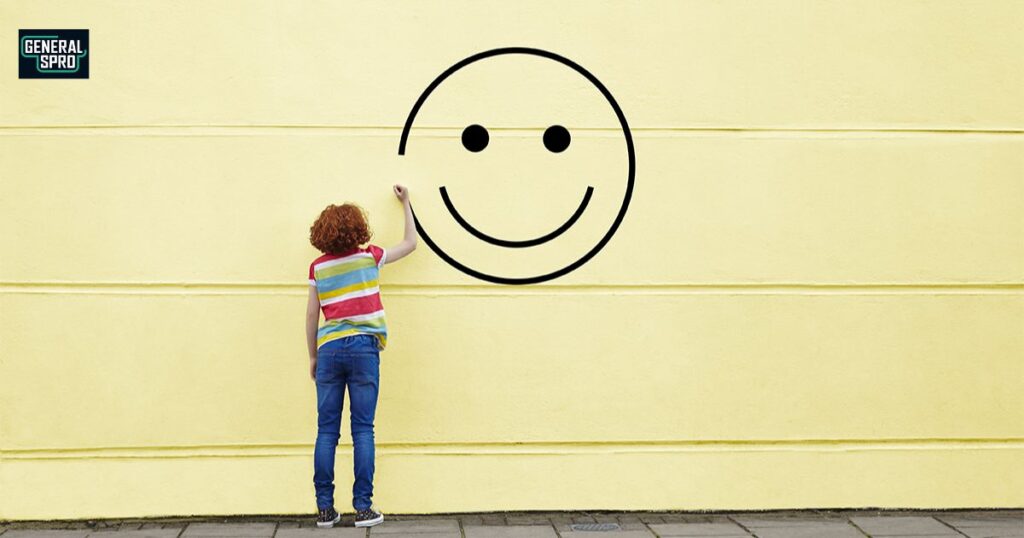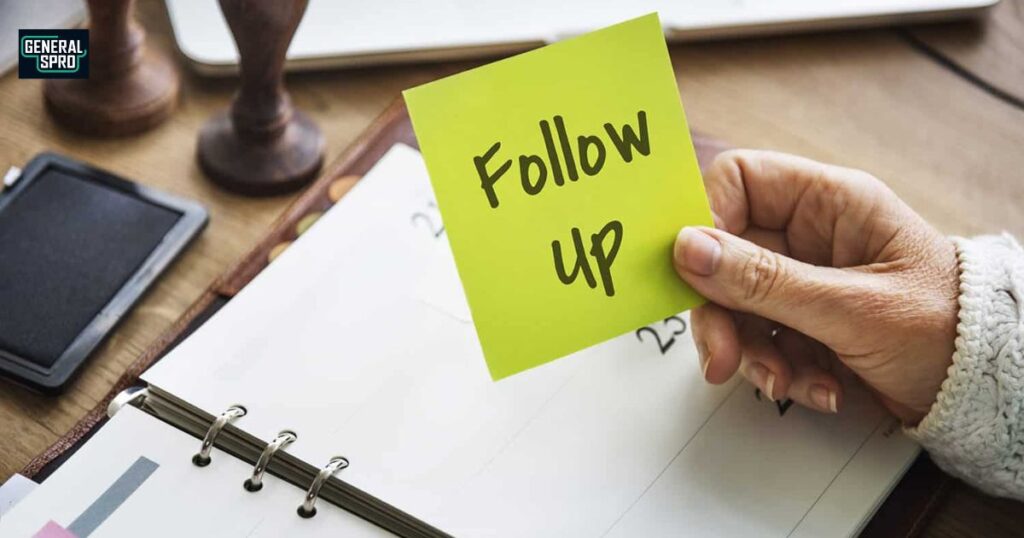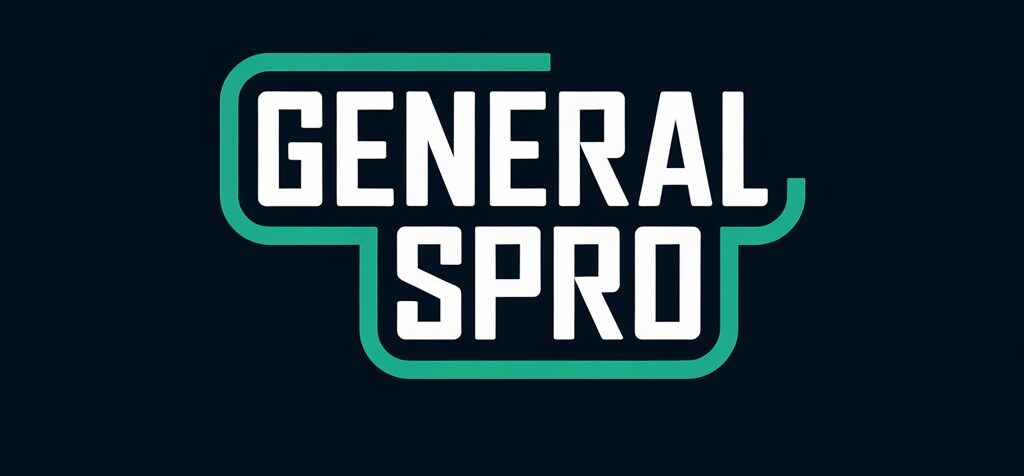Have you ever found yourself stuck repeating “I’m happy for you” when celebrating someone’s success?
Whether it’s a friend’s engagement, a colleague’s promotion, or a family member’s achievement, expressing genuine joy for others deserves more than just a standard phrase.
Let’s explore creative and heartfelt ways to share in others’ happiness and offer meaningful congratulations.
Why We Need Alternatives to “I’m Happy for You”

Sharing joy is a fundamental human connection. When someone shares good news, they’re not just announcing an achievement – they’re inviting us to celebrate with them.
Using varied, thoughtful expressions of happiness shows we truly appreciate their moment of triumph. It’s about creating emotional resonance that goes beyond routine congratulations.
The English language offers us countless ways to express happiness for others’ success. From formal acknowledgments to casual celebrations, each phrase carries its own emotional weight and contextual significance.
By expanding our vocabulary of joyful expressions, we strengthen our relationships and make meaningful connections.
Is It Professionally Good to Use “I’m Happy for You” in a Professional Setting?
In professional environments, how we express happiness for others’ achievements can significantly impact workplace relationships and career development.
While “I’m happy for you” is perfectly acceptable, the corporate world often calls for more refined expressions of support and recognition.
Consider these factors when choosing professional congratulatory phrases:
- Organizational culture and formality level
- Your relationship with the recipient
- The significance of the achievement
- The communication channel (email, meeting, formal letter)
The key is striking a balance between professionalism and authentic emotion. Your words should convey both respect and genuine happiness for your colleague’s success.
List of Alternative Ways to Say “I’m Happy for You”
This elegant expression conveys sophisticated joy while maintaining professional warmth. It works beautifully in both formal and informal settings.
Example in an Email:
“Dear Sarah, I’m delighted to hear your news about securing the Johnson account! Your strategic approach to client relationships continues to impress our entire team.”
Example in a Text Message:
“Just saw your post – I’m absolutely delighted to hear your news about the house! When’s the housewarming? 🎉”
2. “I’m Thrilled to Hear About Your Success!”
This phrase communicates genuine excitement while maintaining professional boundaries. It’s perfect for acknowledging significant achievements.
Example in a Professional Setting:
“James, I’m thrilled to hear about your success with the international expansion project. Your leadership has been instrumental in this milestone.”
Example in a Congratulatory Card:
“Dear Lisa, I’m thrilled to hear about your success in completing your Master’s degree! Your dedication has been truly inspiring.”
Best Practices for Expressing Joy
When sharing in others’ happiness, consider these guidelines:
- Match your tone to the situation
- Be specific about what you’re celebrating
- Add personal touches when appropriate
- Follow up with genuine interest
Quick Reference Table: Expression Formality Levels
| Expression | Formality Level | Best Used For |
| “I’m delighted to hear…” | High | Professional emails, formal letters |
| “Over the moon for you!” | Low | Close friends, family |
| “Your success is well-deserved” | Medium-High | Workplace, networking |
Let me add 15 new informative H2 headings with detailed paragraphs that will enrich this article further.
The Psychology Behind Expressing Joy for Others

When we genuinely celebrate others’ successes, we tap into a powerful psychological phenomenon called “emotional contagion.”
Studies show that authentic expressions of shared joy strengthen social bonds and boost both the giver’s and receiver’s well-being.
It’s not just about being polite – our brains actually release oxytocin, often called the “bonding hormone,” when we sincerely share in someone else’s happiness.
Cultural Variations in Expressing Happiness
Different cultures have fascinating ways of expressing joy for others’ achievements. While Americans might give an enthusiastic “Congratulations!”, Japanese people often say “Omedetou gozaimasu” with a bow, showing respect along with happiness.
Understanding these cultural nuances helps us connect more meaningfully with people from diverse backgrounds, especially in our increasingly global professional world.
The Impact of Written vs. Verbal Celebrations
Digital communication has transformed how we express joy. A written “I’m happy for you” in an email carries different weight than the same words spoken face-to-face.
Your voice tone, facial expressions, and body language add layers of meaning that written words alone can’t convey.
That’s why we need particularly thoughtful phrases in written communication to convey genuine emotion.
Timing Your Congratulatory Messages
The when matters as much as the what. Immediate responses show enthusiasm, while thoughtful, delayed messages can demonstrate deeper reflection on the achievement.
Consider sending both – a quick “That’s fantastic news!” followed by a more detailed expression of happiness later. This dual approach shows both spontaneous joy and lasting support.
Building Stronger Professional Relationships Through Celebration
When we skillfully express happiness for colleagues’ achievements, we build trust and strengthen professional networks.
It’s not just about being nice – it’s about creating a supportive workplace culture where success is genuinely celebrated and people feel valued for their contributions.
The Role of Emojis in Modern Congratulations
In our digital age, emojis can add warmth and personality to congratulatory messages, but they need careful consideration.
While a 🎉 or 👏 might perfectly complement a text to a friend, professional settings often call for more restraint. Understanding when and how to use these digital expressions of emotion is becoming an essential modern communication skill.
Crafting Personalized Expressions of Joy
Generic congratulations rarely make a lasting impact. The most memorable expressions of happiness reference specific achievements or personal qualities.
Instead of just saying you’re happy, mention what specifically impresses you about their accomplishment. This shows you’re truly paying attention to their journey.
The Art of Following Up After Initial Congratulations

Great celebrations don’t end with the first message. Following up shows sustained support and genuine interest.
Ask about next steps, offer specific help, or simply check how they’re feeling about their achievement. This ongoing engagement transforms a single moment of shared joy into a deeper connection.
When to Choose Formal vs. Informal Expressions
Context is everything when selecting congratulatory phrases. A promotion at work might call for “I’m truly pleased to hear about your advancement,” while a friend’s engagement might warrant
“I’m absolutely over the moon for you!” Understanding these nuances helps us navigate different social situations effectively.
Using Storytelling in Congratulatory Messages
Personal anecdotes or shared memories can make your expressions of happiness more meaningful.
Referencing past challenges they’ve overcome or moments you’ve shared adds depth to your congratulations and shows you’ve been paying attention to their journey.
The Power of Non-Verbal Congratulations
Sometimes actions speak louder than words. A thoughtful gift, a celebratory lunch invitation, or even just taking time to listen to them share their success story can be powerful ways to show you’re happy for someone. These gestures complement verbal expressions of joy.
Avoiding Common Pitfalls in Congratulatory Messages
Watch out for backhanded compliments or comparing their achievement to others’. Phrases like “It’s about time!” or “You’re almost as successful as Sarah now!” can diminish the sincerity of your happiness.
Keep the focus on their specific achievement and your genuine joy for their success.
Creating Lasting Impact with Your Words
The most effective expressions of happiness resonate long after they’re shared. Choose words that affirm not just the achievement but the person’s character, effort, or growth.
This transforms a simple congratulation into a meaningful moment of connection and support.
Supporting Others Through Their Success Journey
True celebration often involves more than just acknowledging the end result. Show you’re happy for someone by expressing interest in their process, offering support for their next steps, and being a consistent cheerleader for their continued success.
This ongoing support demonstrates genuine happiness for their achievements.
The Future of Expressing Joy in a Digital World
As communication continues to evolve, new ways of expressing happiness for others emerge.
Virtual reality congratulations, digital celebration spaces, and AI-enhanced expressions might soon complement traditional ways of sharing joy. However, the core element of genuine human connection remains essential.
FAQ’s
How do I make my congratulations sound more genuine in professional emails?
Focus on specific achievements and use formal but warm language. For example, “I’m genuinely delighted to hear about your innovative solution to the client’s challenge.”
Is it appropriate to use emojis when saying “I’m happy for you” in work messages?
Use emojis sparingly in professional settings, and only if you’ve established a casual rapport with the recipient. Stick to basic ones like 👏 or ✨ when appropriate.
How long should I wait to congratulate someone on their achievement?
Respond within 24-48 hours of hearing the news to show you value their success. For major achievements, a prompt initial response followed by a more detailed message is ideal.
What if I feel my written congratulations sound too stiff or formal?
Add a personal touch by mentioning specific details about their achievement or sharing a brief related memory that shows your genuine connection to their success.
Should I say “I’m happy for you” differently to my boss versus my colleague?
Yes, adjust your tone based on hierarchy. With bosses, maintain professional respect (“I’m delighted to hear about your achievement”), while peer congratulations can be more casual.
How can I make my congratulations stand out in a group chat or email thread?
Add specific details about the person’s journey or contribution that others might not know, making your message more personal and meaningful.
Is it okay to share someone’s good news when congratulating them?
Always let the person share their own news unless they’ve explicitly given you permission to spread the word. Your congratulations should respect their privacy preferences.
What’s the best way to follow up after saying “I’m happy for you”?
Show continued interest by asking about next steps or offering specific support, like “I’d love to hear more about your plans for this new role over coffee.”
Conclusion
The art of expressing happiness for others’ success goes beyond simple congratulations. It’s about creating meaningful connections through words that resonate with genuine emotion.
Whether you’re celebrating professional achievements or personal milestones, having a diverse vocabulary of joyful expressions helps you communicate your support more effectively.








